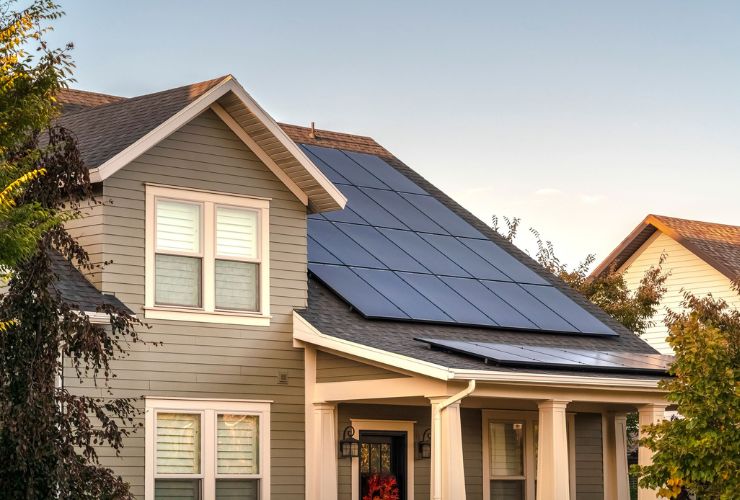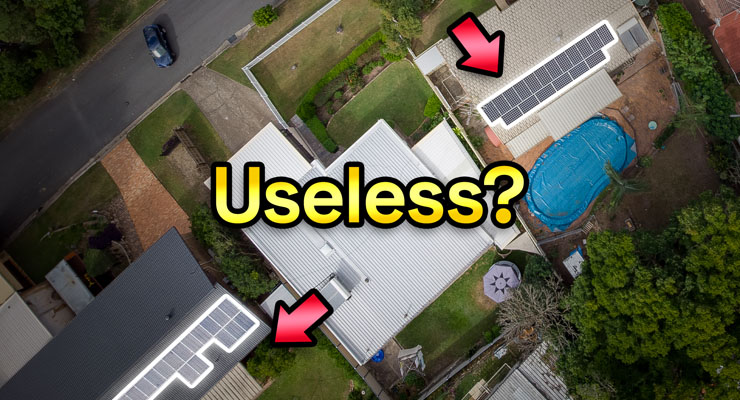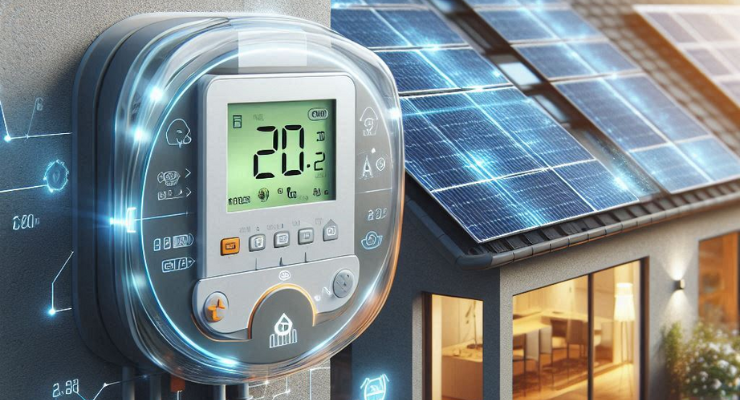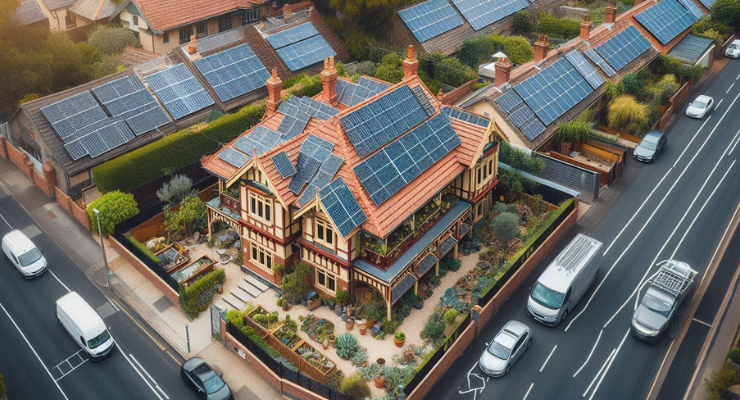Fast read
In recent years, Australia's solar landscape has evolved significantly. Initially, homeowners leaned towards smaller 1kW to 1.5kW systems, driven by early rebates.
However, advancements in technology and increased awareness have seen a shift towards systems exceeding 8kW. The size of a solar system is important for saving money and energy in Australian homes. This is especially true now that more electric cars are being used.
Solar systems can help reduce electricity bills and reliance on non-renewable energy sources. They are a sustainable option for powering homes and vehicles.
For those with undersized systems, options include expansion or a complete overhaul. Enhanced performance can be achieved through energy audits, professional consultations, government rebates, alternative financing, community solar initiatives, and broader home energy efficiency measures.
Understanding and maximising the potential of solar systems
In recent years, solar power in Australia has changed a lot. At first, people mainly installed useless small solar systems, like 1kW or 1.5kW, because of early rebates. Solar technology is getting better. More people are recognising the benefits of solar energy for the environment and cost savings. Because of this, larger solar systems are becoming more popular.
Today, the average solar system size in Australia is over 8kW, and many are even going up to 10kW. This shows that more people are liking the idea of using solar energy to power their homes. They see it as a way to save money on electricity bills and help the environment by reducing carbon emissions.
The shift to more expansive solar systems is a significant change in how Australia obtains its energy. It means we’re moving towards cleaner and more sustainable ways of powering our homes. And as solar technology gets better and incentives keep encouraging people, we can expect even more homes to switch to solar power in the future.
The importance of solar system size
The size of your solar system can impact its performance, benefits, and cost. A larger system may work more efficiently and provide greater benefits. However, it may also come with a higher cost.
On the other hand, a useless smaller solar system may be more affordable but may not produce as much energy. Here’s a deeper dive:
Daily energy needs and consumption:
A typical Australian household consumes roughly 20kWh of electricity every day. Useless smaller solar systems, especially those falling below the 5kW range, struggle to address this demand. Consequently, homeowners find themselves grappling with substantial electricity bills.
Older solar systems, such as the 1.5kW ones installed ten years ago, may not fully cover daytime electricity needs. This means more reliance on grid power and higher costs when electricity prices go up.
Anticipating the future: Modern lifestyles evolve.
With growing families, emerging technologies, and the increasingly popular shift towards electric vehicles, energy demands are bound to surge. Solar systems must meet current energy needs and be prepared for future increases in demand.
Evaluating returns on investment (ROI):
Useless small solar setups might not always give you a big return. When you look at how much it costs to set up and keep up these systems compared to how much energy they make, you might find they’re not the best value.
Even though useless small solar systems are cheaper and easier to install at first, they might not save you as much money on your energy bills later on. That’s because they don’t make as much electricity as bigger systems.
If you’re thinking about getting solar panels, it’s important to think about the costs and benefits carefully. Sometimes, spending more on a bigger system can be a better idea in the long run. It can make more energy and help you save more money over time.
The quest for energy independence:
Battery storage and load-shifting tech make energy independence achievable, not just a far-off goal anymore. By efficiently storing surplus solar energy for nighttime energy usage, households can dramatically curtail their grid reliance. This aspiration, however, mandates a robustly sized solar system.

Addressing the issue of undersized solar systems
If your existing solar array seems undersized, there are several routes to consider:
Consider expansion:
If your current solar panel system has good parts and a lot of roof space, consider adding more panels. This could be a beneficial decision for increasing energy production.
By adding more panels, you can potentially save money on your electricity bills in the long run. Additionally, it can help reduce your carbon footprint and contribute to a more sustainable environment. This can significantly boost your solar output.
A whole new system:
Sometimes, it’s a good idea to completely upgrade your solar power system. Newer solar panels are much better at making electricity, even if you have limited space. Starting fresh can also mean you qualify for government help and get new parts with long warranties.
By switching to the latest solar tech, you can save more energy and maybe save more money on your bills. Plus, government incentives can help cover some of the upfront costs.
Whether you want to use less energy, be greener, or just get the best solar setup, upgrading your whole system could be a great move. With better panels, government help, and warranties, it’s a smart choice for your finances and the environment.
Elevate your system’s performance
- Comprehensive energy audits: Begin with a meticulous evaluation of your energy habits. Identify both existing and future energy requirements to tailor the solar system’s size accurately.
- Engage with solar professionals: Collaborate with seasoned solar experts. Their insights will be instrumental in devising a system that harmoniously aligns with your energy consumption nuances and budgetary considerations.
- Leverage rebates: Stay informed about the latest government rebates, tax reductions, and grant provisions. Such financial instruments can significantly offset installation expenses, rendering your solar investment even more enticing.
- Finance options: High preliminary costs can sometimes be daunting. However, with the availability of solar-specific loans and leasing models, those costs become more digestible. This approach facilitates quality solar installations without burdensome immediate financial outlays.
- Community solar: Mull over community-driven solar initiatives. Pooling resources and sharing the installation’s bounty with neighbours or community businesses can judiciously distribute costs and maximise communal benefits.
- Energy efficiency: Even before contemplating a solar system upgrade or fresh installation, undertake a thorough energy efficiency audit of your home. Implement measures like LED lighting adoption, advanced insulation, or the integration of energy-efficient gadgets. These endeavours not only help in curbing energy expenditures but also accentuate the utility of your solar setup.
To encapsulate, the solar energy journey transcends mere solar panel installations. It’s an intricate tapestry of strategising, optimising, and forward-thinking.
Today, Australians have many resources and technology to use solar energy effectively. The current era is a great time for Australians to make the most of solar power. Whether you’re a newbie or considering an upgrade, ensure that your solar decisions resonate with your vision for a sustainable, economically prudent future.



